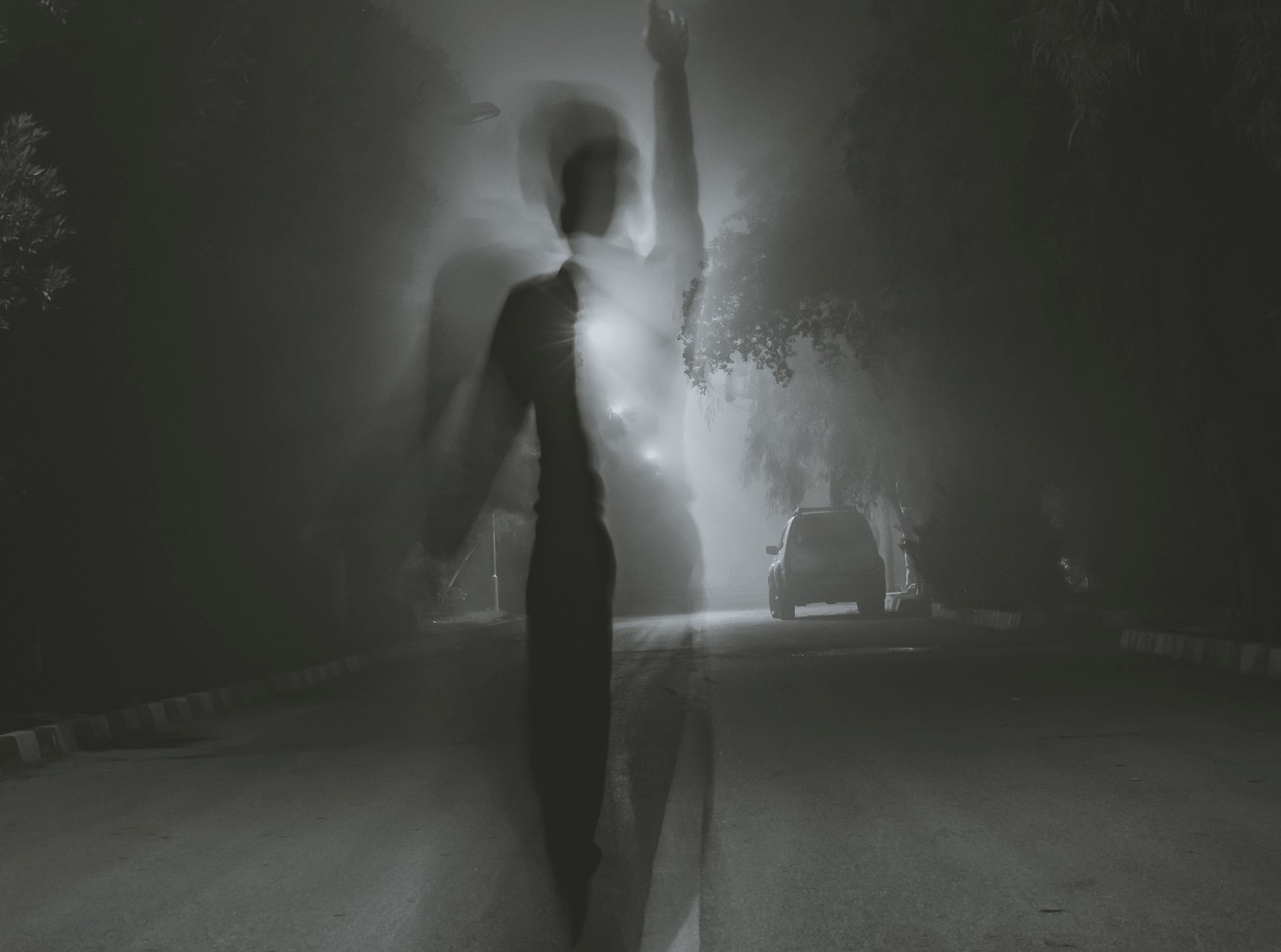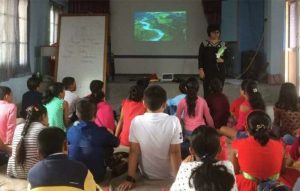Stories, folklore, myths, and even some claims about sightings of supernatural and mythical creatures are popular among people in sleepovers. Sometimes, they even become great ice breakers. Though they are yet to be scientifically proven, such stories and mythical, fictional creatures have been in existence for a long in almost all parts of the world.
Here are some of the popular supernatural or mythical creatures that exist in the Nepali cultures:
1. Khyaa
Khyaa is a mythical creature popular in the Newa community. It is small but fat and has a hairy body that believedly haunts the community. There are two types of Khyaa: white and black.
White Khyaa is said to bring good luck, blessings whereas the black one creates misfortune and problems. The traditional Newa community believes it lives under the stairs so they have a ritual of saying ‘binabii’ in order to not overstep and anger the creature.
2. Gurumappa
Ashamed, Manjushree gave Cheppu the honourable task of watching over the entrances to the temples. As Manjushree only sketched Cheppu’s head, you only see the head above the temples, while its body remains unknown till date.
Gurumappa is another mythological creature, popular in the Newa community, which is infamous for eating children. According to a folk story, it all started when a man named Kesh Chandra (of Itumbahal) lost all his belongings, gambling. Then, he started to live with his sister. He started selling plates her sister served him in, again to gamble. Fed up, his sister served him rice on the floor, so he, feeling disrespected, walked to the jungle.
There, he met a demon, Gurumappa, who wanted to eat him. Kesh Chandra convinced Gurumappa to return with him with a promise to give an enormous feast. As time went by, many children started to fall victims of his hunger pangs. So, people asked Gurumapa to leave and live in Tinkhyo (Tundikhel) and promised to provide an annual feast on Ghode Jatra.
3. Cheppu
Another mythical creature popular in Nepal is Cheppu, which was said to be in existence during the period of Manjushree. There is a popular belief that the Kathmandu valley was once a big lake, and Cheppu was one of the creatures living there. When Manjushree drained the lake, all the creatures except Cheppu were forced to move out.
Stories suggest that Cheppu was disfigured and hence shy to come out of the lake. Later, Cheppu agreed to come out if Manjushree agreed not to look at it. But, Manjushree did take a peek and secretly made a sketch of it. When Cheppu realised it, it quickly went back into the water.
4. Laakhe
Laakhe is a Newa word that refers to a kind of demon who, interestingly, is benevolent. It has a huge red face, is scary looking with prominent, bawdy eyes, big teeth and fangs and dark (red) hair. It is believed that Laakhe scares off the evil spirits from its surroundings, and it is welcomed and considered friendly by the community.
Today, there is a tradition of performing Laakhe dance accompanied by traditional musical instruments within the Kathmandu valley during festivals, the most prominent one being in Indra Jatra. A man from the community wears a khwaapa (a mask) and costume that is believed to contain the spirit of the demon that takes over the dancer’s body.

5. Dhaplaa Khyaa
Since childhood, people of the Newa community have grown up with stories of Dhaplaa Khyaa. It is another mythical creature with huge, dark hairy features that is always hungry. It enjoys staying in dark places in houses like under the stairs or in the attic. It supposedly walks with all four limbs and only comes out at night.
There is also a children’s song that Dhaplaa Khyaa comes to houses asking for a feast. But, even after the feast, the Dhaplan Khyah is not satisfied and asks to eat the children instead. The popular song Dhaplaa Khyaa was used to scare children from misbehaving.
6. Kawacha
Kawacha is a Newa word, meaning skeleton, which is also a mythical creature of Nepal that is used to go through houses of people and kidnap the children through the windows to feed on them. Later on, it is said people started making ‘Tiki Jhya’ (traditionally decorated lattices as windows) to stop that.
There is also a belief that Khyaa and Kawacha are friends, so whenever Kawacha tries to steal the kids and tries to eat them, Khyaa tries to stop the friend from wrongdoing.
7. Bhakunde Bhoot
Bhakunde Bhoot is a ghost or what others call a wandering spirit without limbs or a face. It gets the name for being round like a ball (bhakundo in Nepali language) and appearing like a dustball or living in garbage sites.
It is said Bhakunde Bhoot follows people, mostly small children in the dark from a long distance, and even clings to the lower part of the body. To remove it from the body, one needs to recite the lines of Hanuman Chalisa. Or just nail a jute bag to the floor and curse or kick it repeatedly.
8. Chhauda
Chhauda comes from the Bhojpuri word, meaning child. Chhauda is a unique kind of ghost that is found or seen in the form of a child and presents itself only to small children.
Luckily, Chhauda is not as dangerous as other ghosts. But, when children see it playing, or doing various other activities, those children are believed to get ill. In addition, they might get some bad dreams.
9. Kichkandi
Kichkandi is a creepy female spirit commonly known for her white dress, long dark hair. It is said that it is the tormented spirit of a woman who had an unfair death. Many have report sightings of the creature on the roadsides while travelling long routes.
Kichkandi tends to have her own set of rules. She might lure men with her charm or feed on their life force and turn them into pale and skinny, leading them to even death. Or, they might just wait in a dark, silent place to scare the life out of you.




















